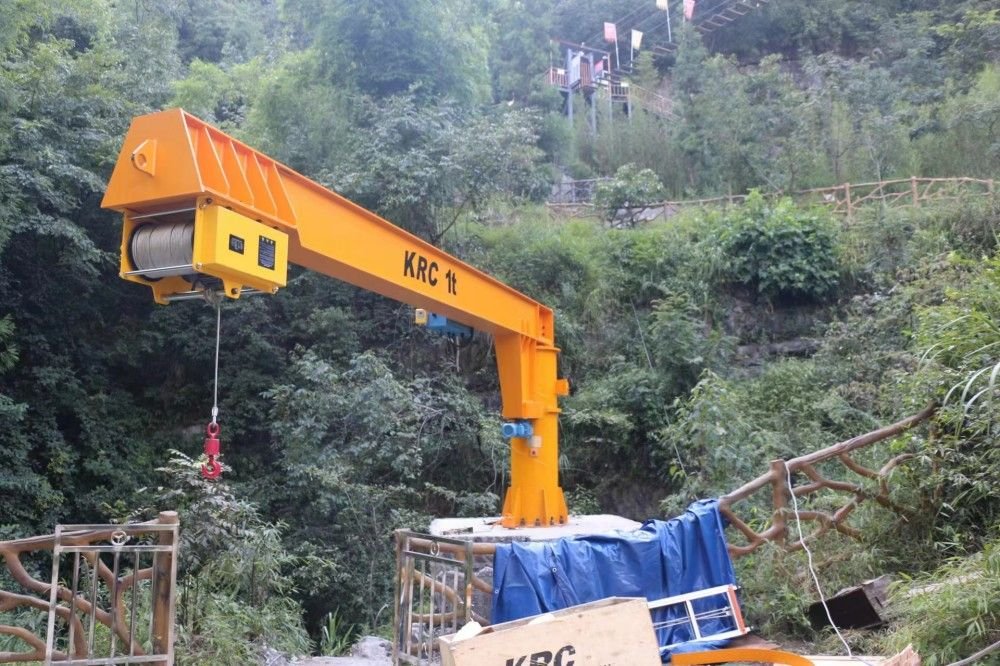
Crane winches are critical components in lifting and material handling operations across industries. Whether you’re managing construction sites, ports, or manufacturing facilities, choosing the right winch ensures safety, efficiency, and long-term reliability. In this guide, we’ll break down everything you need to know about crane winches.
1. What is a Crane Winch?
A crane winch is a mechanical device designed to lift, lower, or pull heavy loads using a drum, wire rope, or chain. It serves as the powerhouse of lifting systems, providing controlled movement for materials ranging from construction beams to shipping containers.
Key Components:
- Drum (for rope/chain winding)
- Motor (electric, hydraulic, or pneumatic)
- Braking system
- Gearbox
( Learn more about how crane winches work in our technical specifications.)
2. Types of Crane Winches
Different applications demand specialized winch designs. Here are the most common types:
- Electric Wire Rope Winches
Ideal for indoor factories or environments requiring precise control.
(Example Use Case: Overhead cranes in warehouses) - Hydraulic Winches
Built for heavy-duty outdoor operations like port logistics or mining. - Explosion-Proof Winches
Designed for hazardous environments (e.g., oil refineries). - Low-Headroom Winches
Space-saving solutions for facilities with height restrictions.
( Explore our crane winch series tailored for industrial needs.)
3. Top Applications of Crane Winches
- Construction: Lifting steel beams or prefab structures.
- Marine Operations: Loading/unloading cargo ships.
- Mining: Hauling minerals and equipment.
- Renewable Energy: Installing wind turbine components.
Pro Tip: Always match the winch’s load capacity and duty cycle to your operational demands.
(See how our clients use KRC winches in real-world case studies.)
4. How to Choose the Right Crane Winch
Follow these steps to avoid costly mistakes:
- Calculate Load Requirements: Include maximum weight and lift height.
- Evaluate Power Source: Electric for precision, hydraulic for heavy loads.
- Check Safety Features: Overload protection, fail-safe brakes.
- Consider Environmental Factors: Corrosion resistance for outdoor use.
5. Maintenance Tips for Longevity
- Lubricate wire ropes regularly.
- Inspect brakes and motors monthly.
- Replace worn-out components promptly.
Did You Know? Proper maintenance can extend a winch’s lifespan by up to 30%.
Why Choose KRC Cranes?
At KRC Cranes, we engineer robust crane winches that meet global safety standards (ISO, CE). With over 15 years of industry experience, our solutions are trusted by clients in 30+ countries.
Ready to Optimize Your Lifting Operations?
Contact us today for a customized quote or visit our crane winch product page to explore options.